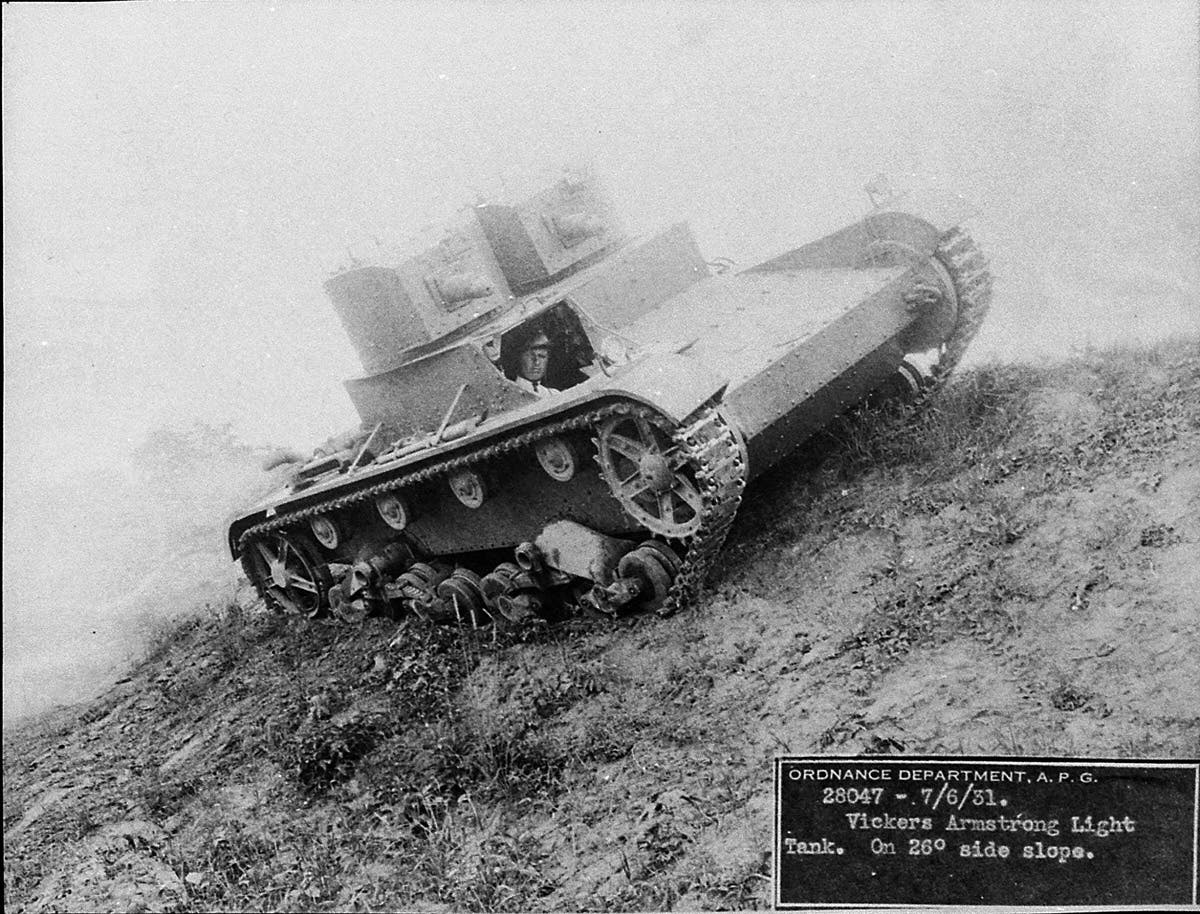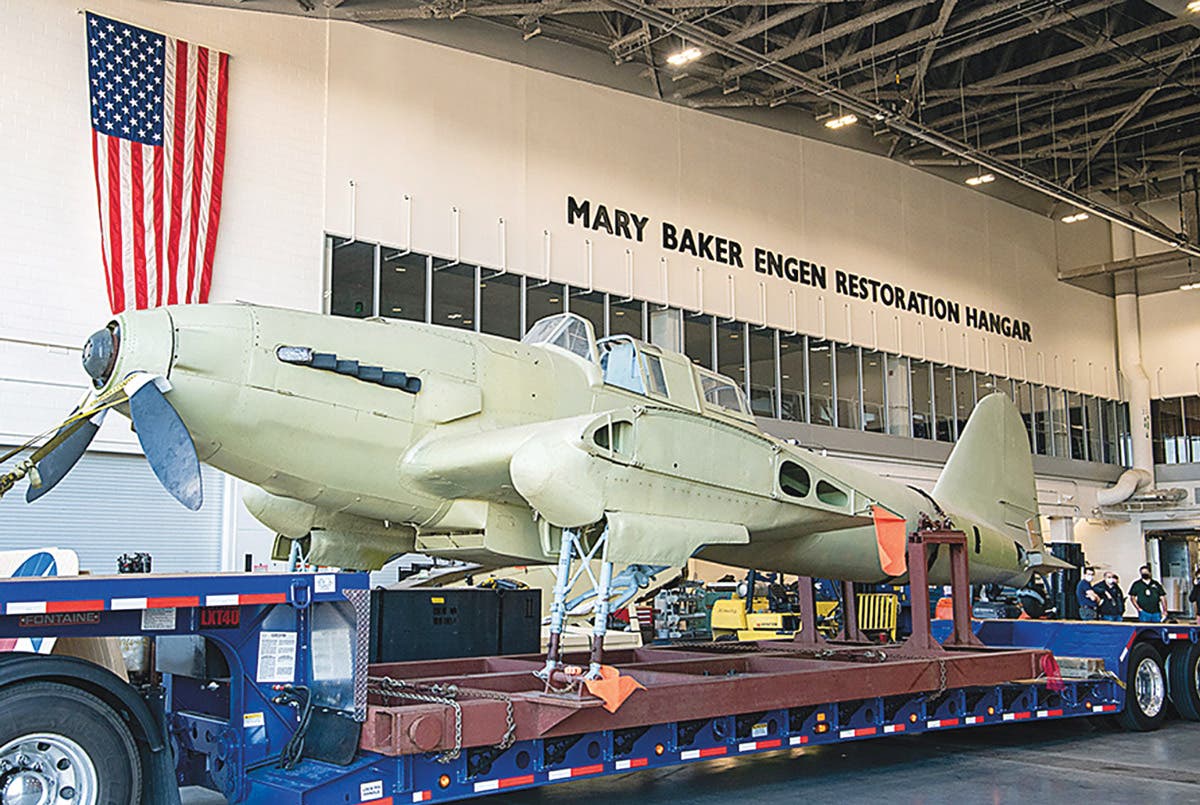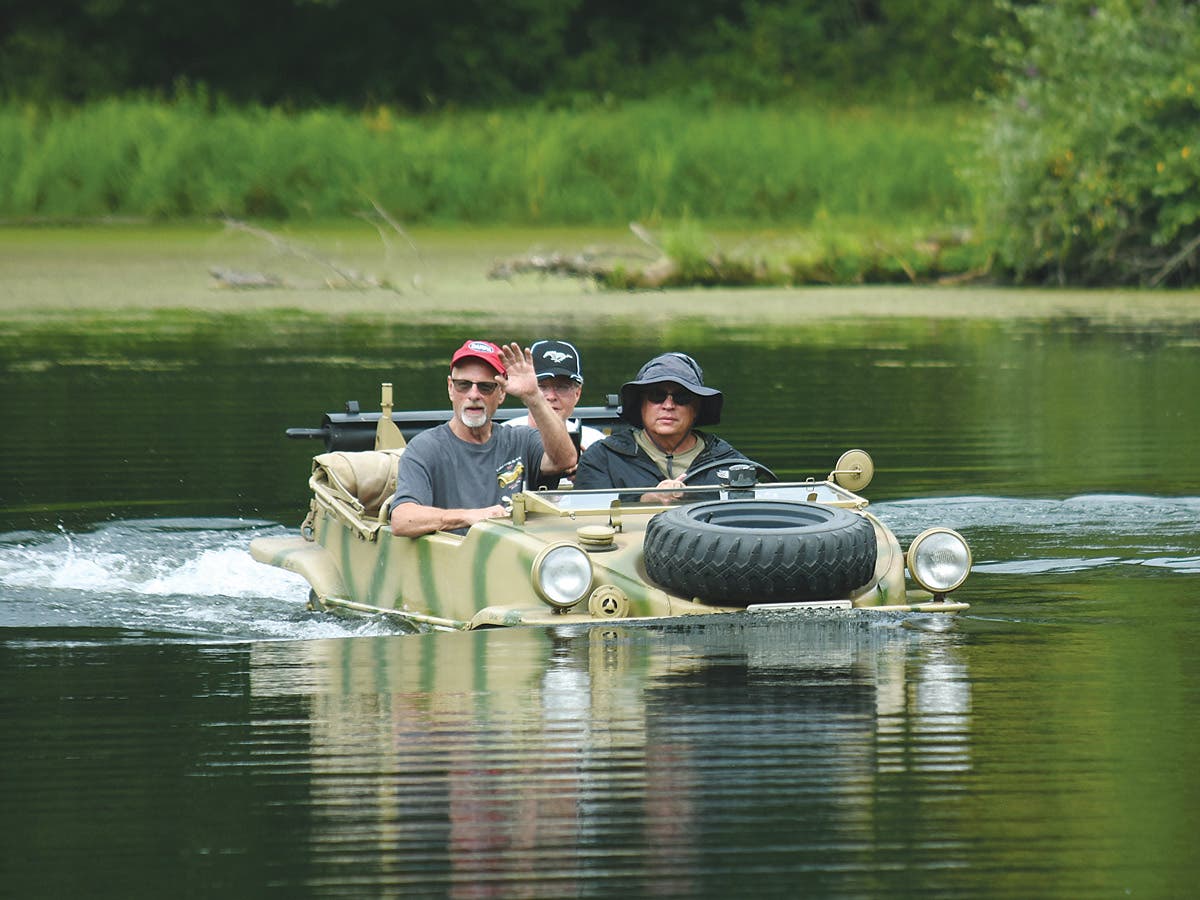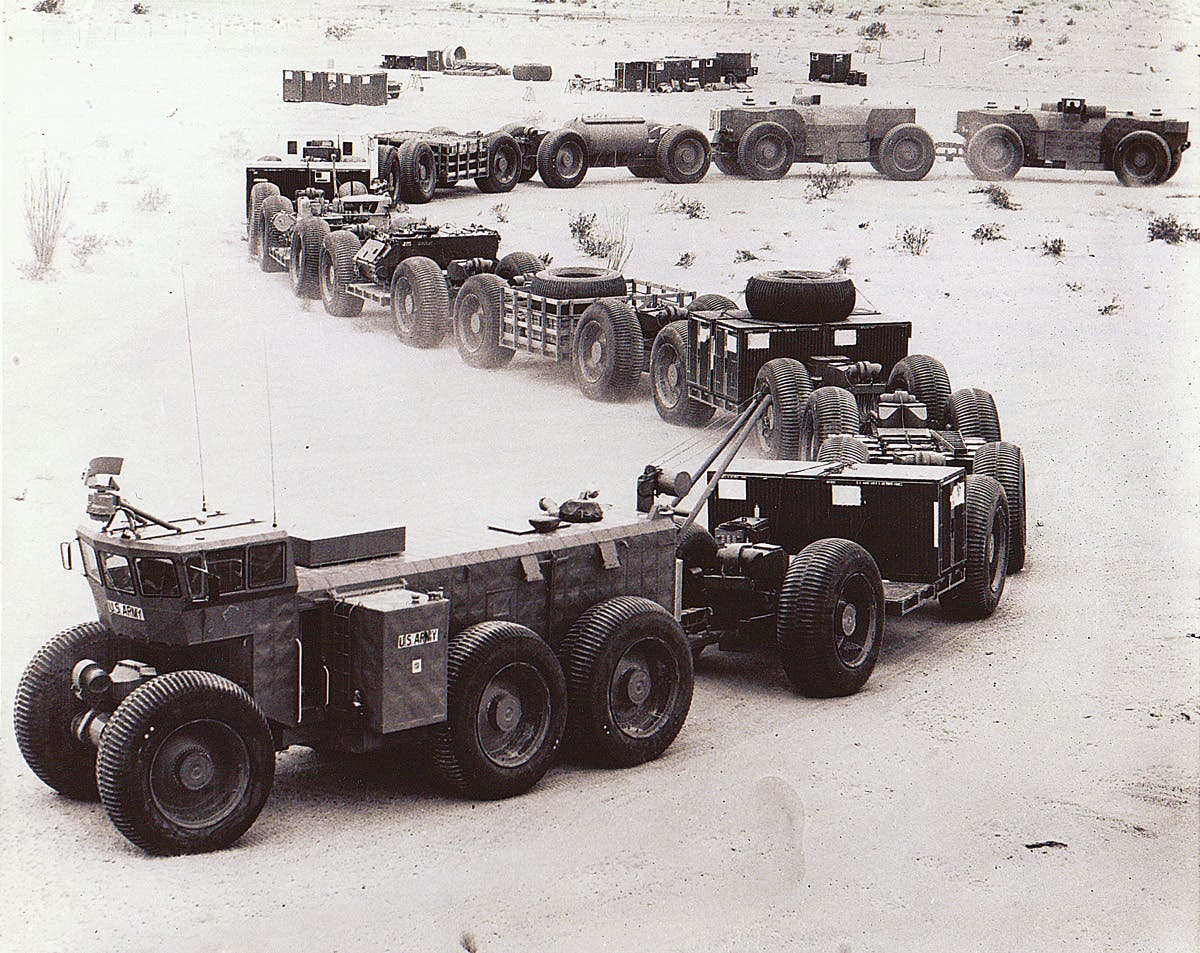Buyer’s Guide: M939 Series 5-Ton Cargo Trucks
From 1983 until at least 1991 (and in many cases, much later), the 5-ton M939 series served as the general purpose tactical truck for both the US Army and Marines. In the past few years, it has become a popular surplus vehicle with private owners.
Introduced in 1983, the M939 series of 5-ton trucks was essentially a Product Improvement Package upgrade of the M809series of 5-ton, 6x6 trucks. AM General Corporation built the initial M939s as well as the M939A1s.
Beginning in 1989, Bowen-McLaughlin-York produced the M939A2 trucks with Cummins engines. Over time, the M939 evolved into its own family of cargo trucks, prime movers, and recovery vehicles, with about 32,000 in all produced.
All models of the series share a common chassis, cab, hood, and fenders. The earliest M939s were actually rebuilds of the M809 chassis. The series was produced in three basic wheelbases:
*Short (13 ft. 11in.) was used for tractors and dump trucks;
*Long (“standard” measuring 14 ft 11 in. ) used for cargo trucks and wreckers; and
*Extra Long (“XLWB”— 17 ft. 11 in.) used for long cargo trucks and expansible vans.
The most common complete trucks to be produced were M923 Cargo; M925 Cargo w/Winch; M927 XLWB Cargo; M931 Tractor; and M936 Medium Wrecker.
All of the M939 and M939A1-based trucks were equipped with the Cummins NHC 250 855 cu in (14.0 L) naturally aspirated inline 6 cylinder diesel engine. The M939A2 models were powered by a smaller Cummins 6CTA8.3 504 cu in (8.3 L) turbocharged inline 6 cylinder diesel engine.
The safety of the M939 series of trucks has been criticized, especially for its braking performance and stability when empty, lightly loaded and / or on wet surfaces. From 1999 to 2002, the U.S. Army retrofitted the M939s with anti-lock brake systems (ABS) to rectify the problem.
Weight: 5,500 pounds
Size (LxWxH): 209.75” x 85” x 95”
Max Speed: 65 mph
Range: 225 miles
WHAT DO THE CONDITION NUMBERS MEAN?
Buy the best you can afford. Restoring a vehicle will always be more expensive than buying a finished project. The vehicles in this guide are given a value based on a 1-to-6 condition grading scale:
1=Excellent: Restored to maximum professional standards, or a near-perfect original.
2=Fine: Well-restored, or a combination of superior restoration and excellent original parts.
3=Very Good: Complete and operable original or older restoration, or a very good amateur restoration with all presentable and serviceable parts inside and out.
4=Good: Functional or needing only minor work to be functional. Also, a deteriorated restoration or poor amateur restoration.
5=Restorable: Needs complete restoration of body, chassis, and interior. May or may not be running, but is not wrecked, weathered or stripped to the point of being useful only for parts.
6=Parts Vehicle: Deteriorated beyond the point of restoration.
You may also enjoy
From the staff of North America's no. 1 historic military vehicle source -- Military Vehicles Magazine








